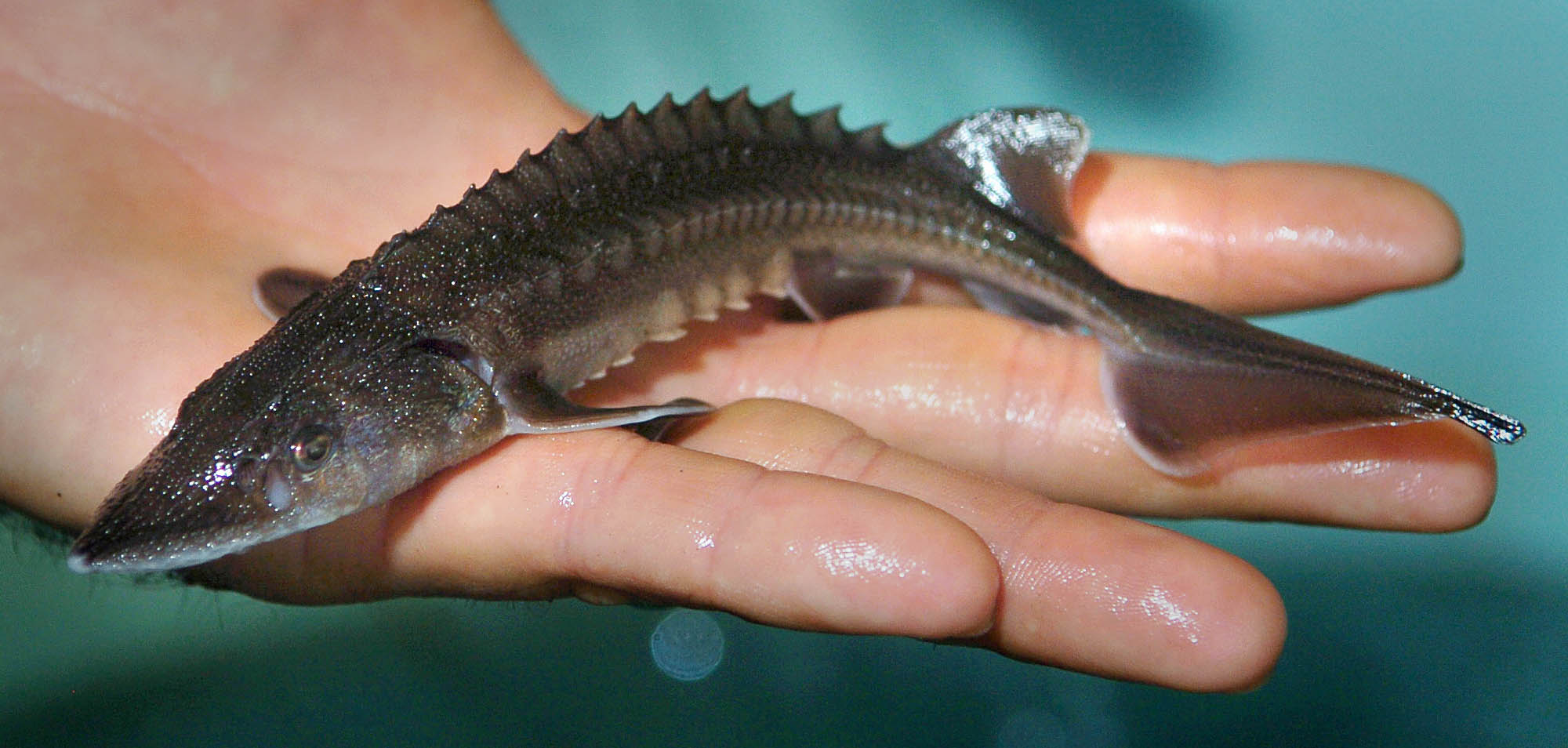CLACKAMAS, Ore. — The estimate of legal-size sturgeon in the lower Columbia River is up 10 percent to the largest population in years, yet four other key metrics indicate the fish are in trouble.
Members of the bi-state Columbia River Recreational Advisor Group got a mostly worrisome status report last week regarding white sturgeon between the ocean and Bonneville Dam.
First, the good news.
The estimated number of sturgeon in 2015 was 143,890, up from 130,990 in 2015 and a recent-low of 72,700 in 2012.
Biologist Brad James of the Washington Department of Fish and Wildlife said setline and research gillnet fishing to capture, tag and recover sturgeon has been used on a consistent basis since 2010 to estimate the population.
The method is relatively new. Information from sport and commercial catches were used as part of earlier population estimating methods, but sturgeon retention was halted in the lower Columbia beginning in 2014.
Now, the not-so-good news.
• Juvenile sturgeon are only 69 percent of the population.
Ninety-five percent is the desired level, said John North of the Oregon Department of Fish and Wildlife.
“The population should always have a lot of small fish in it,’’ North said. “We’re seeing trends that we don’t have the juveniles we’d like.’’
• The estimate of spawning-size adult sturgeon is 3,039. The three-year average is 3,326. Oregon’s conservation plan calls for a minimum of 3,900 adult sturgeon on a three-year average.
• Preliminary information indicates poor spawning in 2015. Capture of young-of-the year sturgeon is down, continuing a recent trend.
• Sea lion abundance is up in the lower Columbia. Huge numbers of marine mammals were noted this spring in the river, likely following a healthy smelt run.
“We know there are a lot of sea lions in the river and they go after sturgeon,’’ James said.
Advisory group member Harry Barber of Washougal noted that sea lions already have returned to the Bonneville Dam area.
“From now until March (when spring salmon return), they’ve got sturgeon to eat,’’ he said. “That’s what they’re doing.’’
Barber also suggested the increased gillnetting for chinook salmon in the fall between the Lewis River and Beacon Rock might be a contributing factor to declining sturgeon productivity.
The bi-state salmon reforms adopted in 2012 have moved the fall chinook commercial fishery to the Woodland-to-Beacon Rock section of the river.
Data from 2012 indicated a handle of 660 oversize sturgeon in that fishery, Barber said. Handling of spawning size sturgeon can cause stress and the females to reabsorb their eggs.
“We’re talking only 1,500 females, who spawn once every three to five years,’’ he said. “Nobody wants to look into that. There are 140 (gillnet) boats out there some nights.’’
Advisory group member Randy Woolsey of Oregon noted sturgeon harvest was reduced, then eliminated, yet the fish appear in trouble.
“I’m not convinced we know what’s going on,’’ he said. “I”m not convinced it’s a harvest issue.’’
Advisory group member Lance Beckman of White Salmon, a retired federal sturgeon research biologist, said he suspects there might be a predation issue by bottom-oriented fish such as suckers and sculpins on sturgeon eggs and larvae.
Hatcheries are necessary if sturgeon are to thrive in the Columbia, he added.
“If you don’t have the recruitment from your spawning stocks, then harvest management isn’t going to be your answer,’’ Beckman added.
“There’s something going on here productivity-wise,’’ said Tucker Jones, a sturgeon research biologist for the Oregon Department of Fish and Wildlife. “We’re not seeing the response in juveniles at this point.’’




